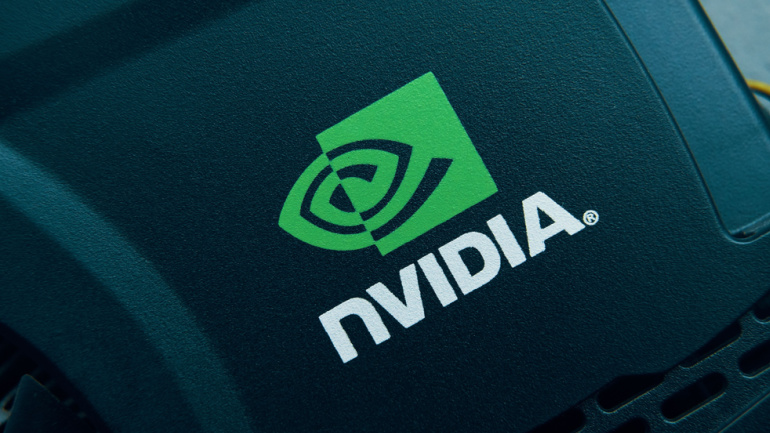Broadvoice collaborates with tech advisory firm, Bridgepointe Technologies Inc., enabling the latter to offer Broadvoice’s cloud communication services to mid-market clients. OpenAI’s latest release, GPT-3.5 Turbo, can now be fine-tuned by businesses, customizing it for specific tasks. Verizon, Ericsson, and MediaTek’s successful data sessions on Verizon’s 5G network pave the way for cost-effective 5G devices. Versa Networks achieves top scores in Gartner’s SASE report, streamlining security and networking solutions.
Ericsson, the global telecom giant, has just shattered 5G records, achieving an incredible 5.7Gbps download speed by ingeniously blending three frequency bands. This breakthrough, a result of Ericsson’s advanced hardware, software and RAN coordination, opens a new horizon in performance boost and superior connectivity for 5G users. This latest success cements Ericsson’s spot at the forefront of the race for ultra-high-speed connectivity, even as competitors also explore the potential of carrier aggregation.
Nokia, TPG and Mediatek are collaborating to showcase the power of carrier aggregation technology in live-streaming 360-degree broadcasts, a key element for future metaverse applications. The demonstration at Nokia’s 5G Futures Lab used multiple sub-6 GHz frequency bands to maximize 5G uplink speeds, enabling real-time transmission of high-quality video. The technology could revolutionize the viewing experience for TV, movies, sports and industrial metaverse scenarios such as remote-controlled robots performing hazardous tasks.
Nvidia’s groundbreaking Grace Hopper superchip, now in full production, aims to revolutionize generative AI applications and transform various industries, from telecommunications to automotive. Merging advanced CPU and GPU capabilities, it offers improved infrastructure while addressing Open RAN architecture debates.
BEREC says COVID-19 won’t break the internet The Body of European Regulators for Electronic Communications (BEREC) has announced that the increase in Internet usage across the continent is more or less stabilizing and that networks have been able to withstand the pressure. BEREC said that national regulatory authorities (NRAs) have reported “a stabilization in the overall traffic, but some NRAs still observe an increase of the overall traffic.” Some operators have expanded their network’s capacity to cope with the steady growth of traffic. According to the organization, “operators, which did not take any such measure, are still closely monitoring their network’s capacity to check if an upgrade is necessary.” Read more at https://tinyurl.com/rxmg53l Vodafone slashes costs of core network functions across Europe using VMware’s telco cloud The UK-based telecoms operator Vodafone has completed the deployment of a single digital network architecture across all of its 21 European business markets, using…
Telefonica piloting blockchain across 8,000 companies Telecoms multinational Telefonica has teamed up with the Association of Science and Technology Parks (APTE) to provide approximately 8,000 companies in Spain with access to a secure, decentralised blockchain network. Telefonica plans to launch a three-month pilot project that will encourage companies to develop their own decentralised applications on the blockchain at no extra cost, and will also allow them to experiment with their own digital tokens. Blockchain is being widely adopted in a variety of industries, especially in the field of IoT, where 75 percent of IoT technology users in the US already use blockchain or plan to do so by the end of 2020. Read more at: https://tinyurl.com/t8z8p9d Samsung Galaxy Fold sales figures revealed, and they’re worse than earlier reports Samsung Electronics sold close to half a million of its Galaxy Fold smartphones last year. Speaking to the Yonhap News Agency at CES 2020,…
The Global mobile Suppliers Association (GSA) has launched the first database in the telecommunications industry to track worldwide 5G devices. This new 5G device tracking and reporting facility, which forms part of the GSA Analyser for Mobile Broadband Devices (GAMBoD) database, “represents an important milestone for the 5G ecosystem as it moves from service trials and prototype user equipment to commercially available services and devices”. In its first survey, 5G Device Ecosystem Report, dated March 2019, the GSA identified a total of 23 vendors that have confirmed the upcoming availability of 5G devices, with 33 different devices available, including regional variants. There were 7 publicized 5G device form factors, namely phones, hotspots, indoor CPE, outdoor CPE, modules, Snap-On dongles, adapters and USB terminals. On a per form factor basis, the report identified 12 phones (plus regional variants), 5 hotspots (plus regional variants), 8 CPE devices (indoor and outdoor),…
The first 5G smartphones are expected to debut in 2019, however Apple is in no rush to jump on this technology train, according to a report by Fast Company. The tech giant is expected to launch their 5G iPhone in 2020, with an Intel 8161 5G modem chip installed to enable access to the cutting-edge network. This news does not come as a complete surprise, since Apple tends to wait for new technologies to become fully developed before adding these technologies to their devices, such as occurred with 3G or LTE enabled Apple gadgets. In the meantime, Intel has fallen out of favor with Apple, since the chip manufacturer seems to be unable to solve the overheating problem with their forerunner 8060 chip. While this issue is not serious enough for Apple to approach Qualcomm and initiate discussions about 5G modem chip development for the iPhone, there have been…











